Biondi-Santi
Tuscany, Italy
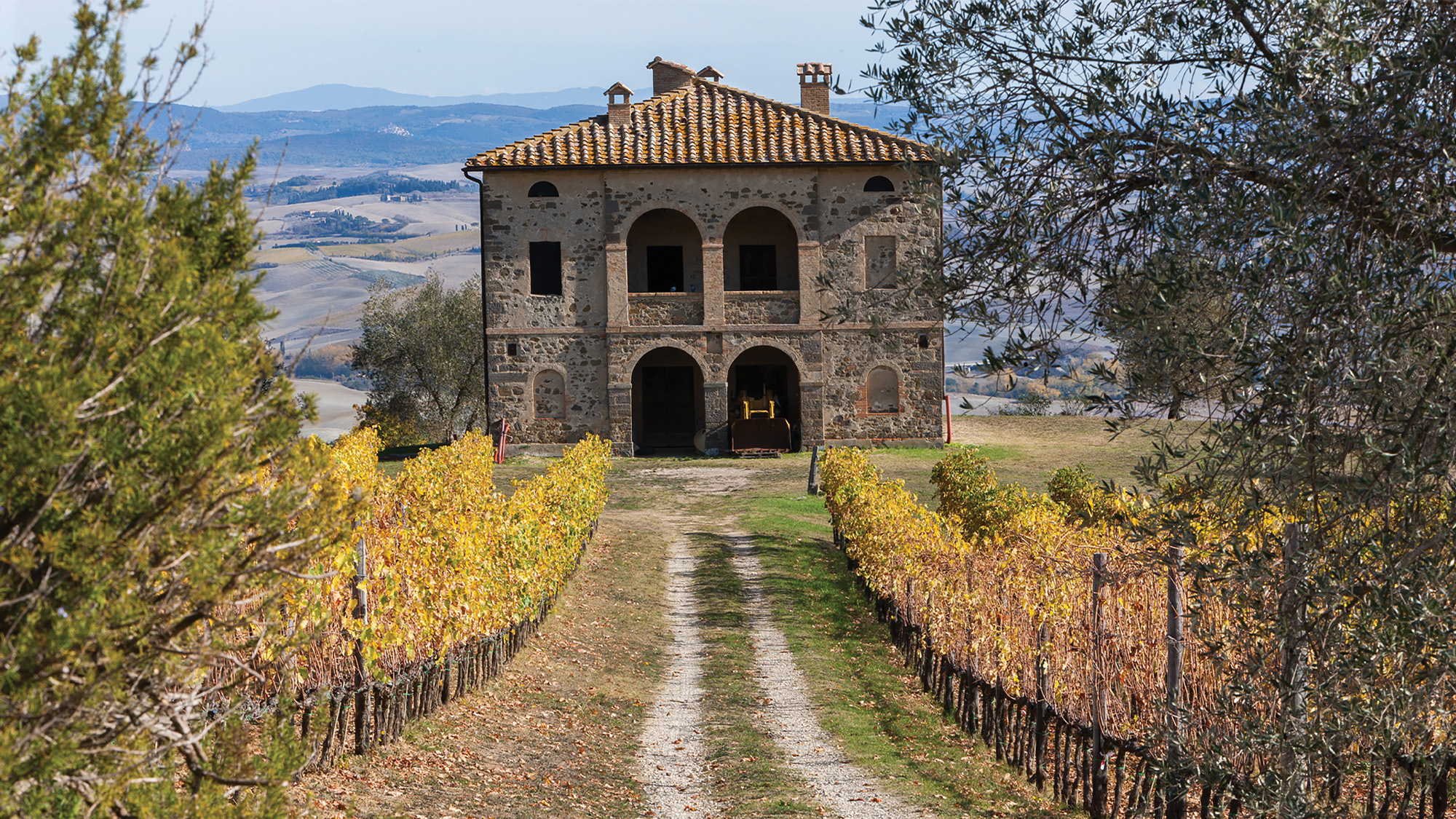
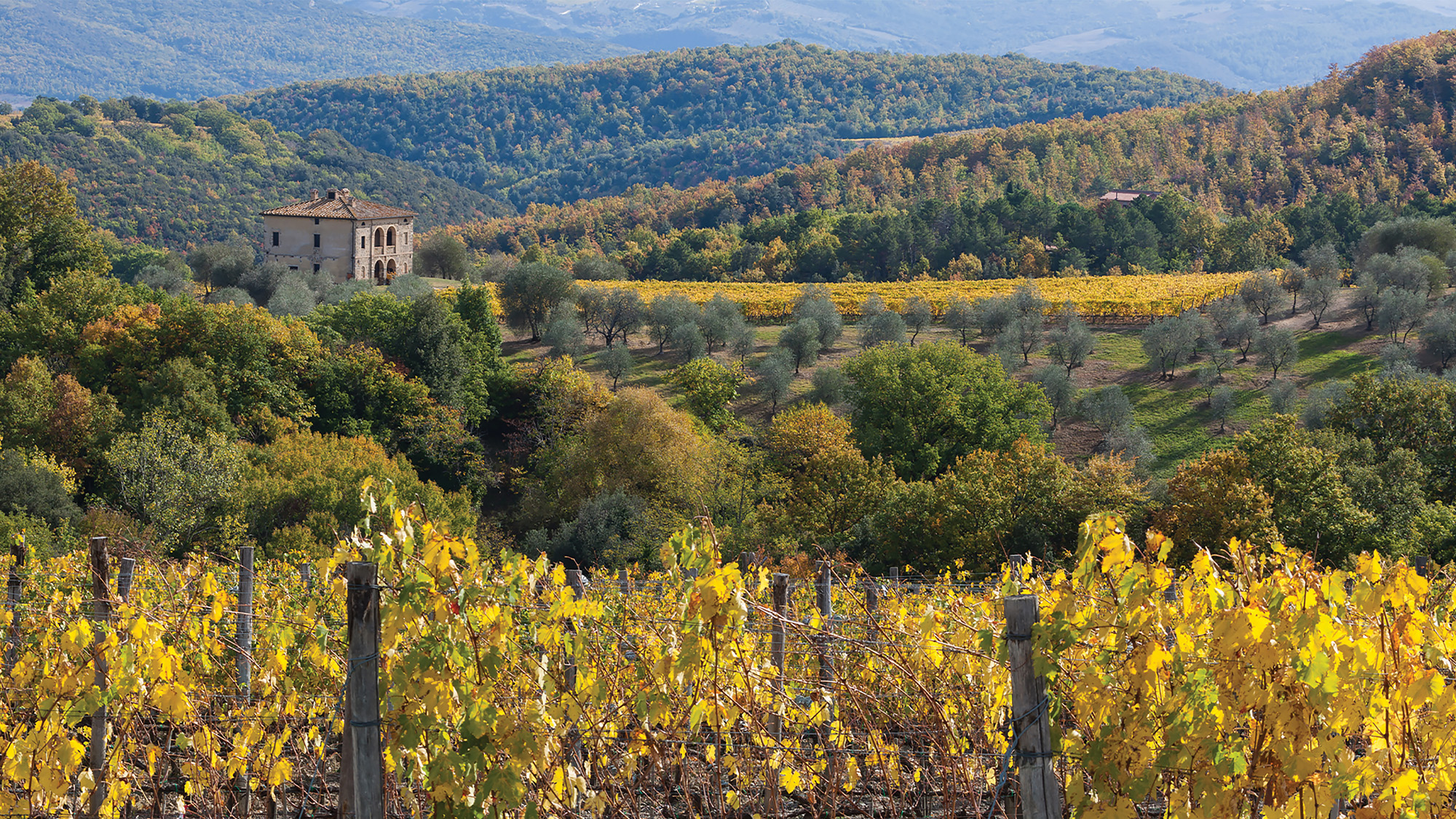
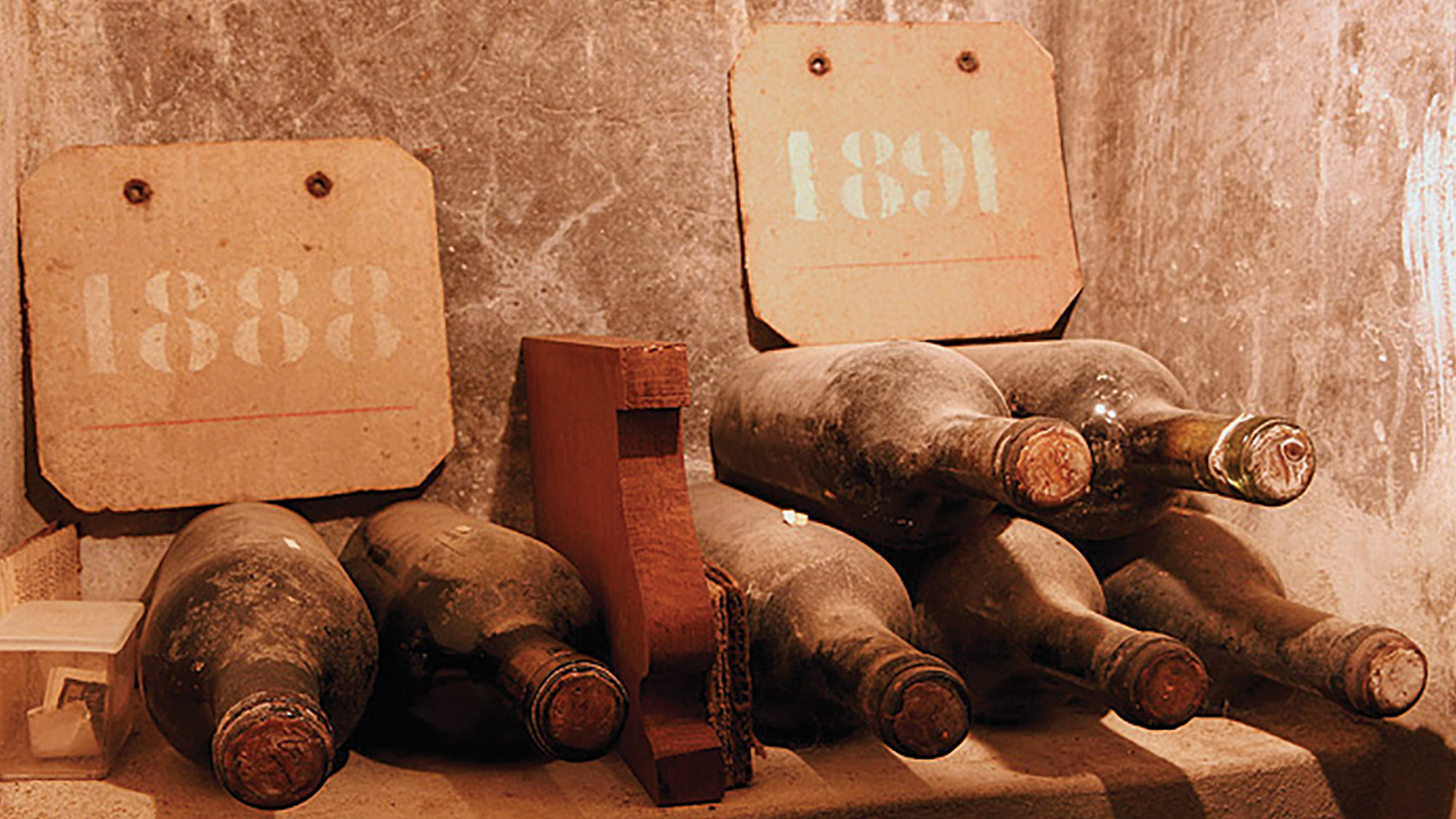
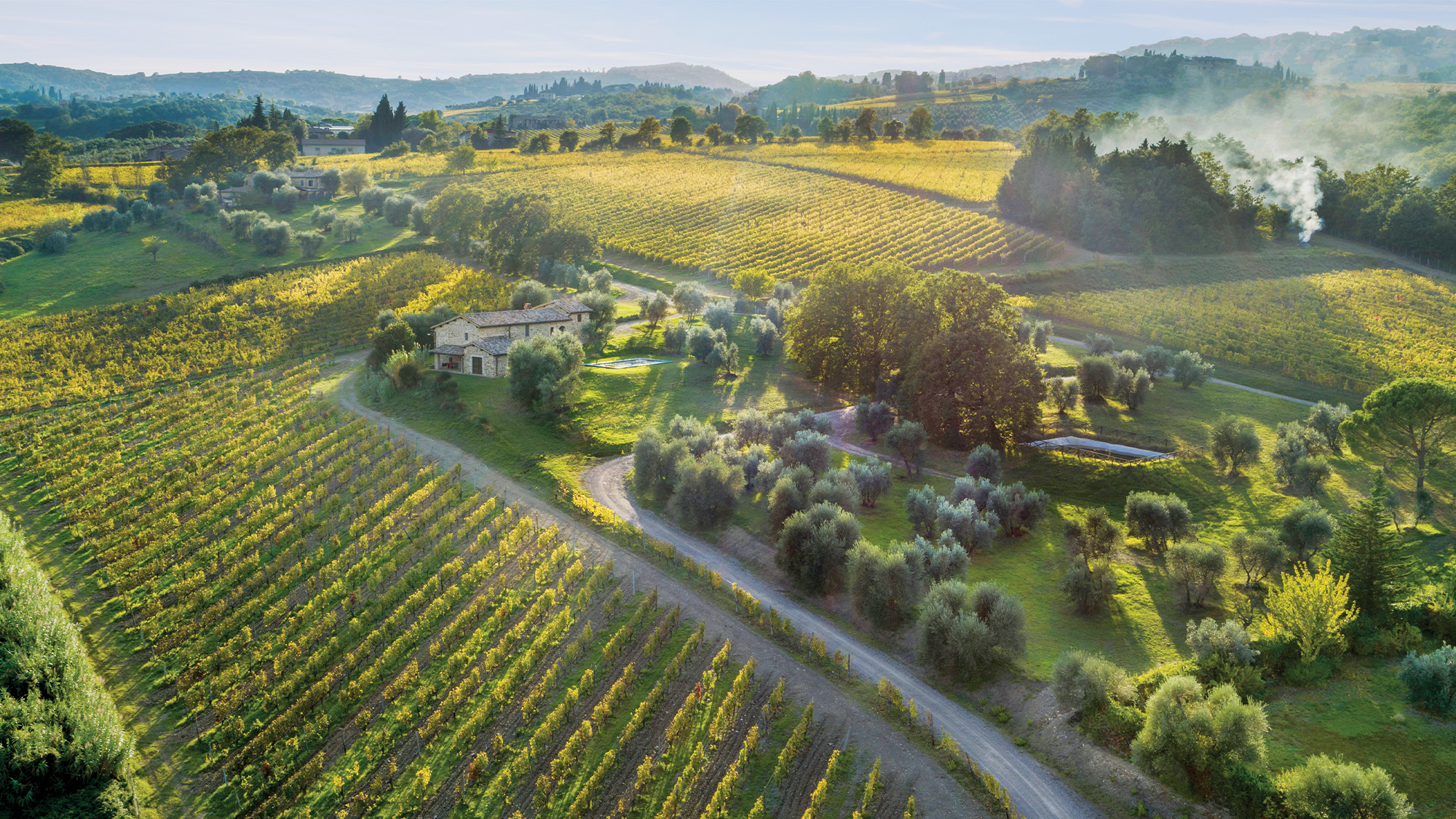
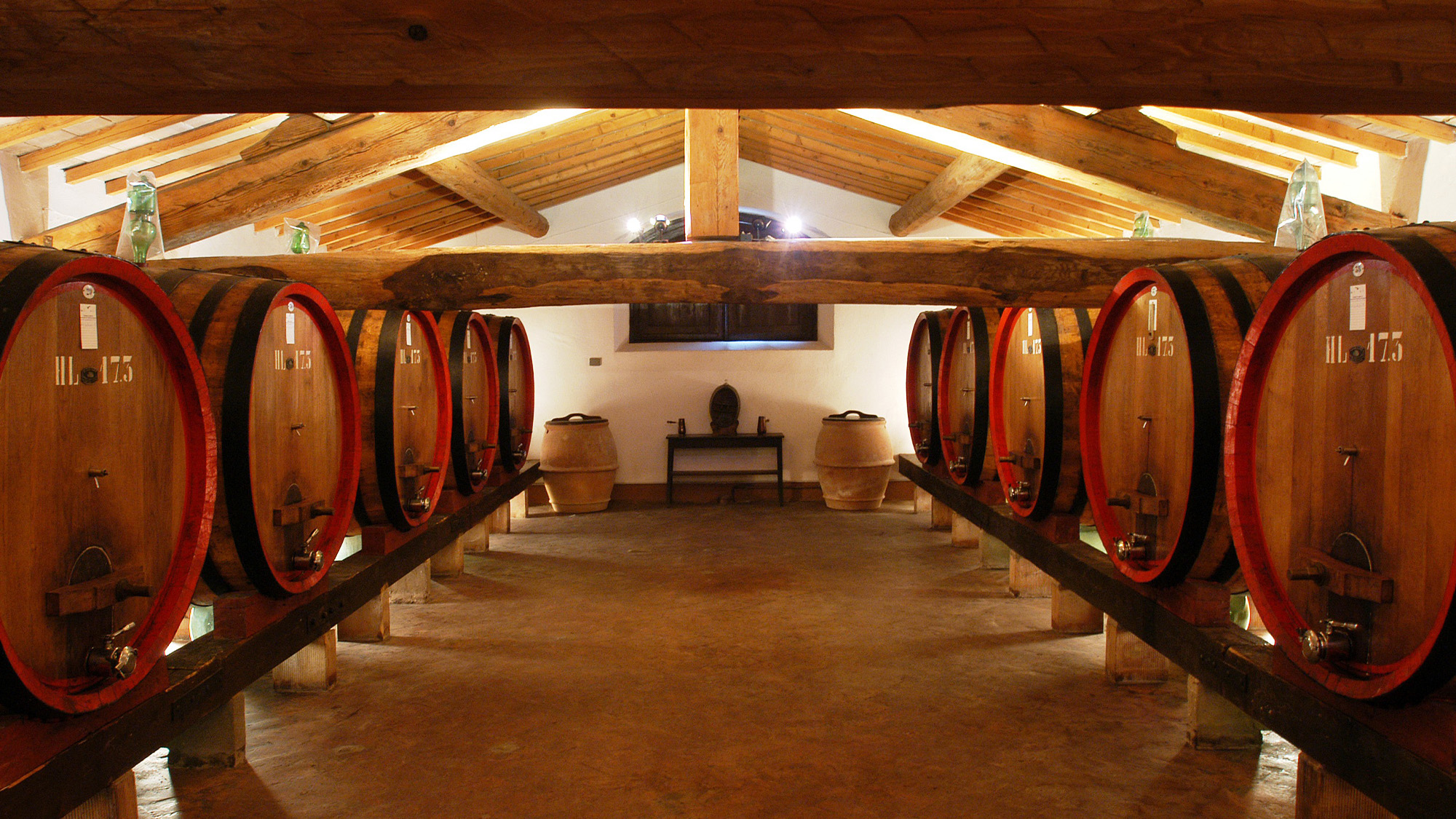
It is a rare phenomenon that a wine can trace its origins to a single man. Brunello di Montalcino, however, owes its existence to Ferruccio Biondi Santi who in 1888 invented Brunello. Later generations of this enlightened family include such talented winemakers as Tancredi and Franco Biondi Santi. Today Biondi-Santi continues to produce wines renowned for their elegance and extraordinary longevity. Located just south-east of Montalcino, the winery spreads over 32 hectares of vineyards on soils rich in galestro rock and marl – perfect for the cultivation of Sangiovese Grosso. Defenders of a rich enological heritage, Biondi-Santi continues to employ a natural viticulture and traditional vinicultural methods to highlight the wine’s unique characteristics, or tipicità.
Winery Story3 Results




